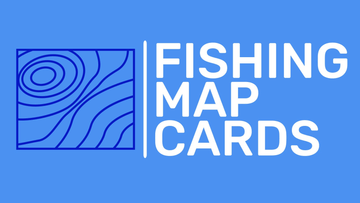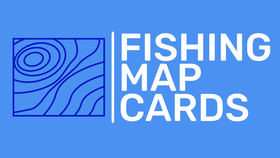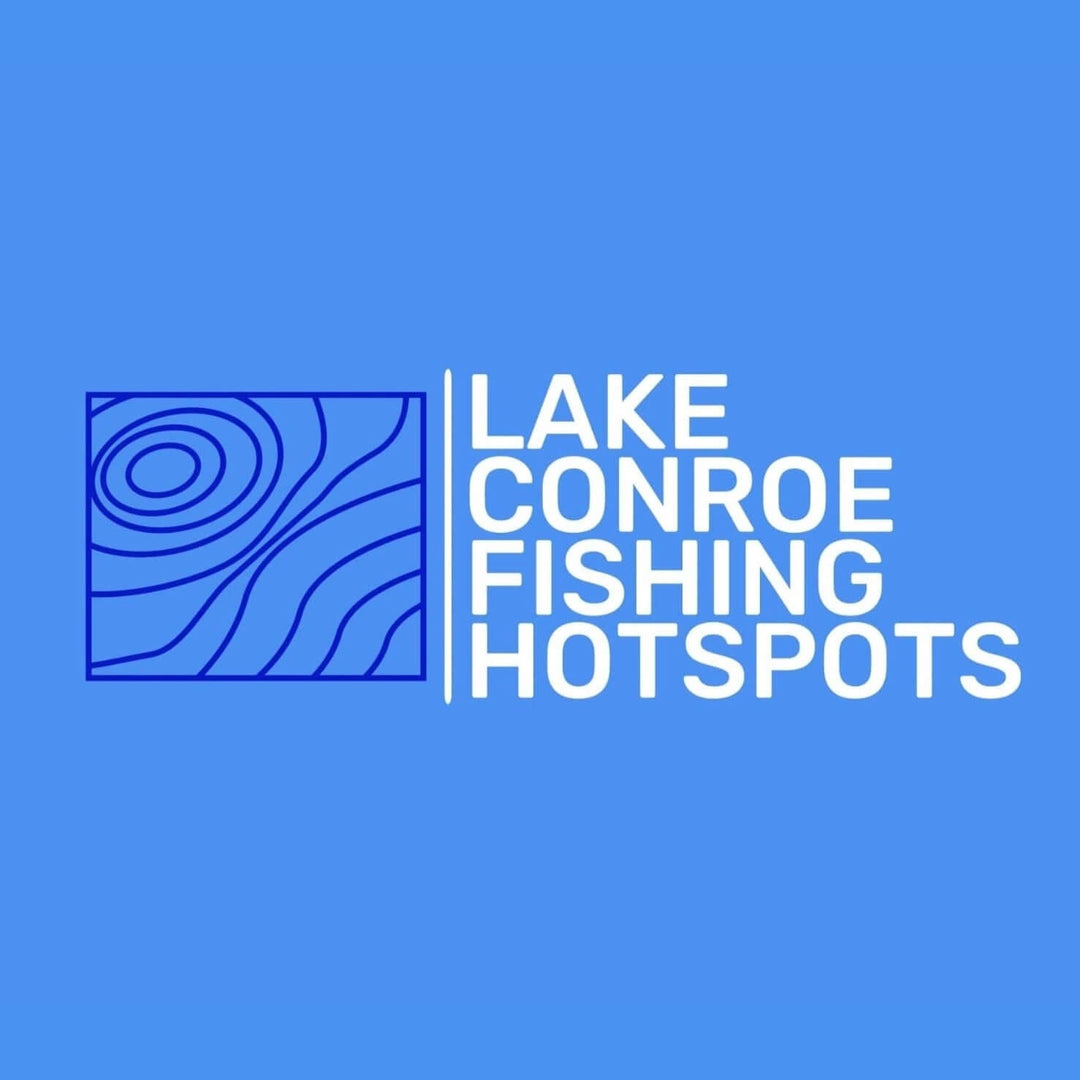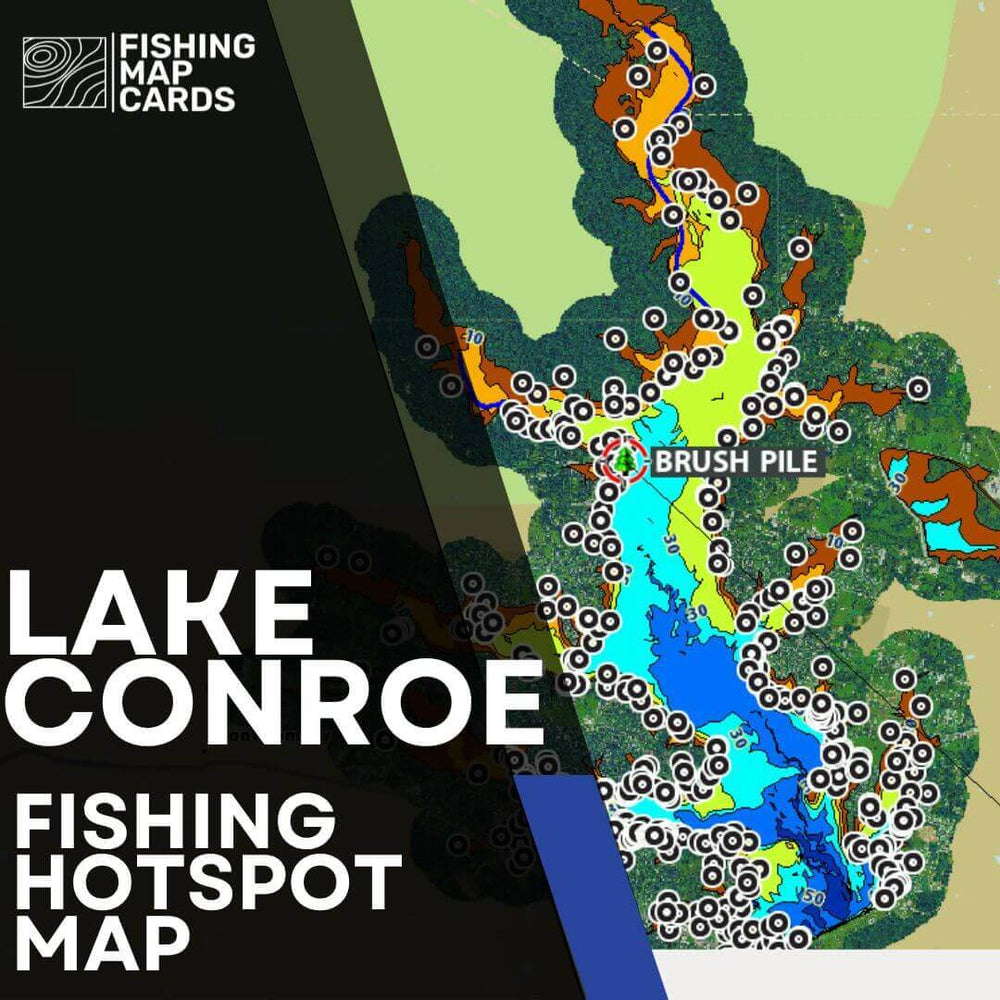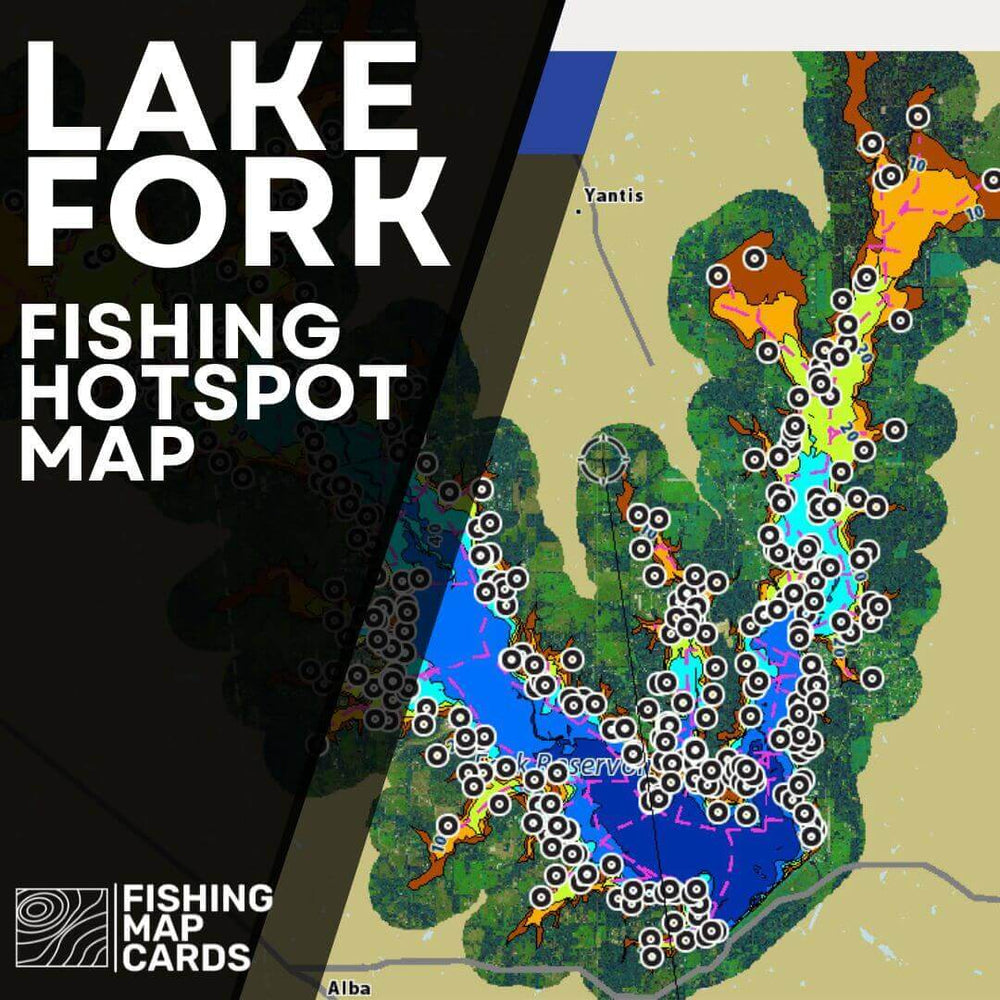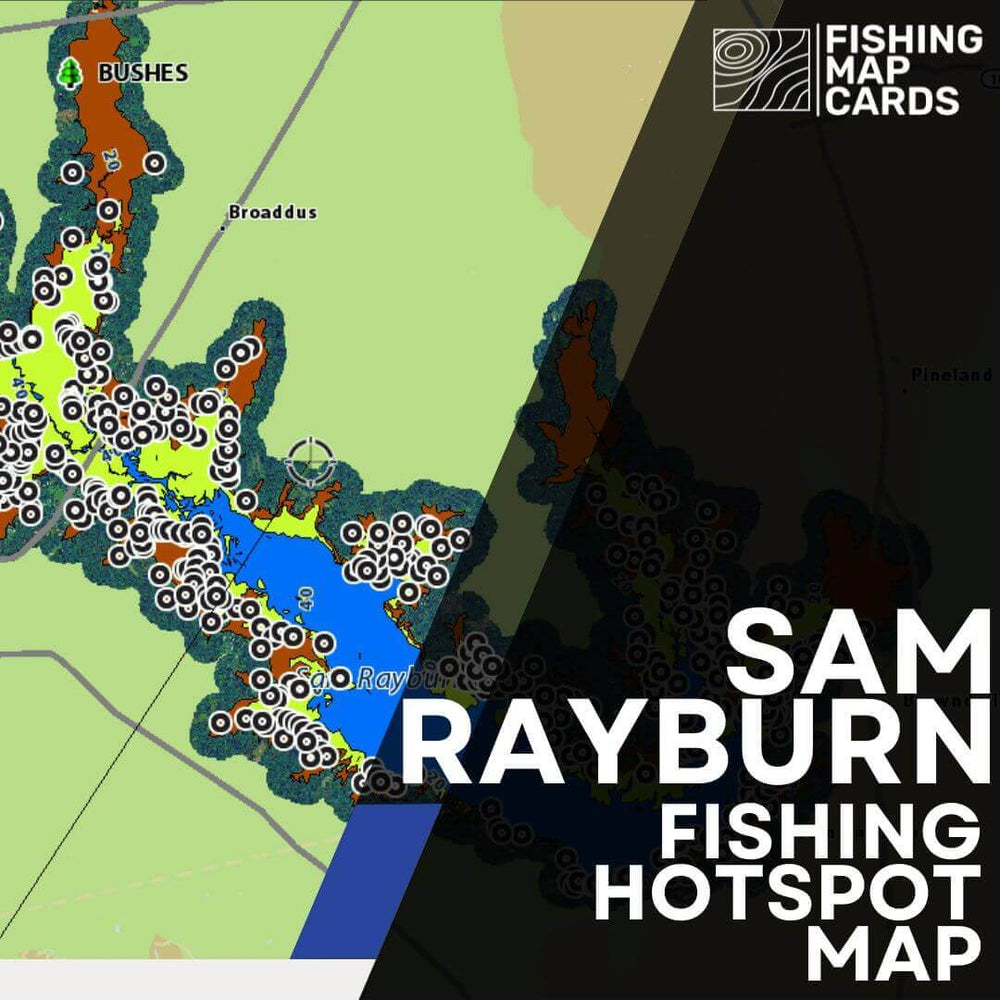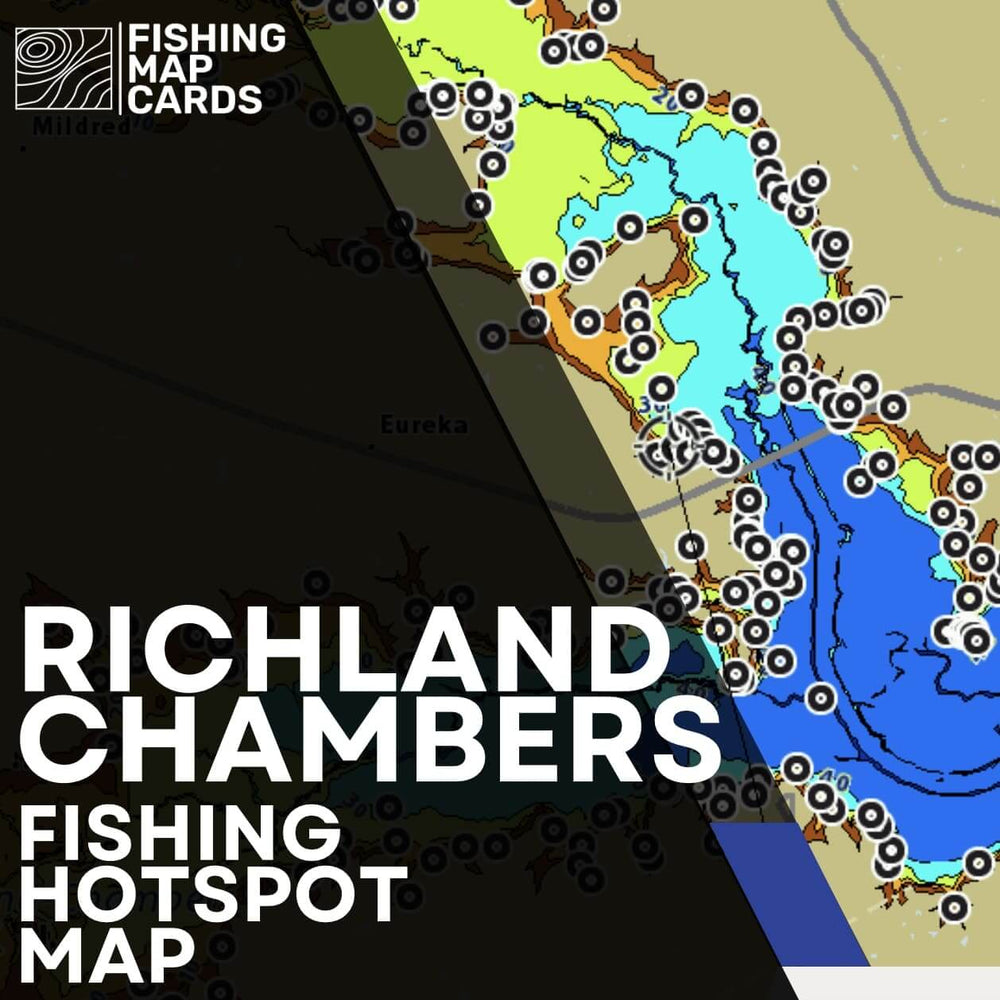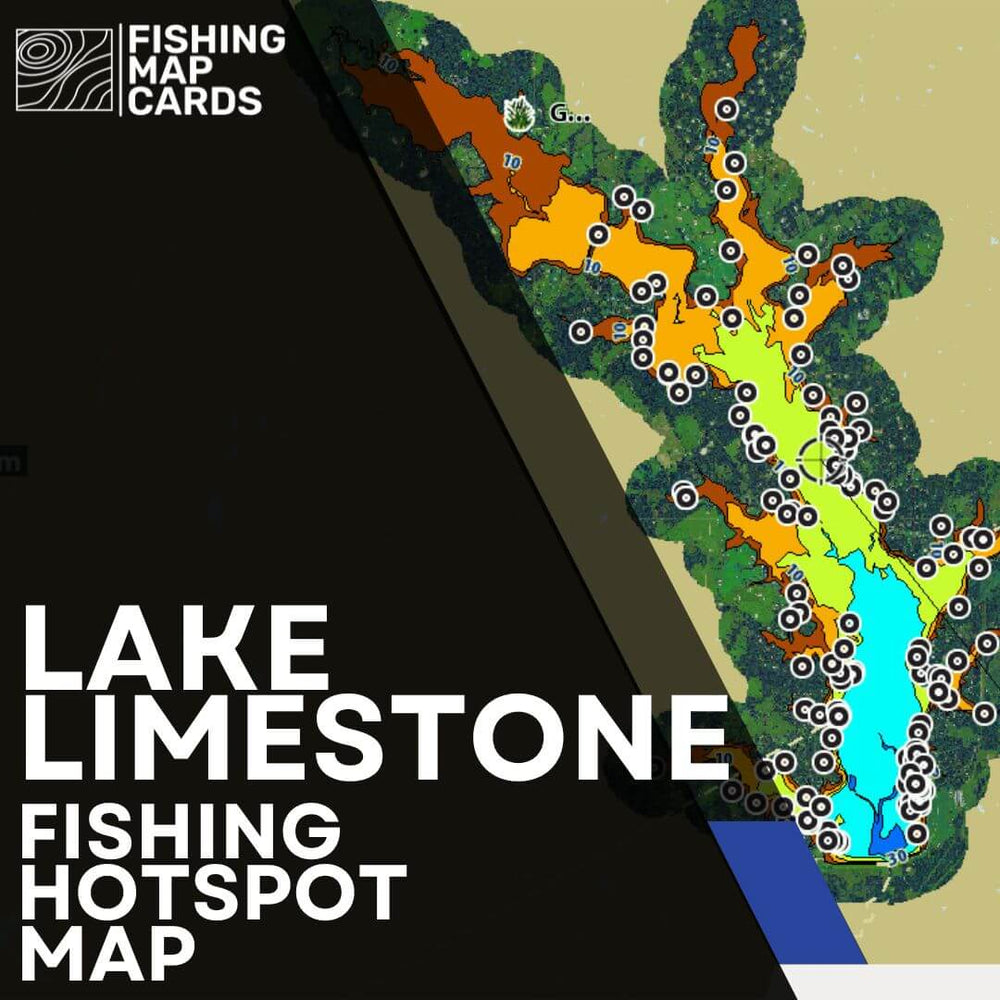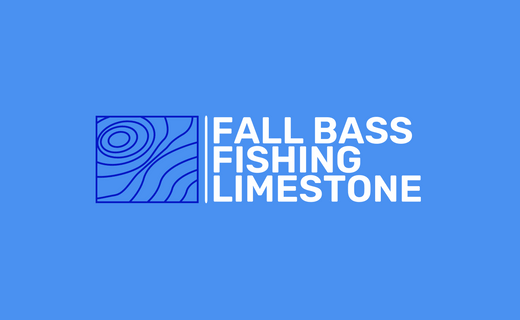Lake Fork Postspawn Bass Tactics!
Post-spawn bass fishing on Lake Fork demands a strategic approach, leveraging technical expertise to decode the nuances of bass behavior in this transitional period. As spawning concludes and bass transition to their summer patterns, understanding their movements, feeding preferences, and the dynamics of Lake Fork's ecosystem becomes paramount. In this technical guide, we delve into the precise strategies and methodologies essential for maximizing success during the post-spawn phase.
Understanding Post-Spawn Behavior:
Post-spawn marks a critical juncture in the annual bass fishing calendar, characterized by pronounced shifts in bass behavior. Here's a technical breakdown of these behavioral patterns:
1. **Location Dynamics**: Post-spawn bass migrate from shallow spawning areas to nearby transitional zones, such as points, ledges, and submerged structures. They seek deeper water while maintaining proximity to potential feeding grounds. If you are looking for some spots, check out our Lake Fork Fishing Hotspots Map!
2. **Feeding Modalities**: Despite the post-spawn recovery phase, bass remain actively engaged in feeding activities. However, their feeding preferences transition from shallower to deeper water columns, necessitating adaptability in lure presentations.
3. **Cover Utilization**: Bass exhibit a proclivity for cover and structure post-spawn, utilizing submerged vegetation, fallen timber, and rocky outcrops as strategic ambush points. Understanding the interplay between bass behavior and available cover is instrumental in successful post-spawn angling.
Strategies for Success:
Employing technically proficient strategies is imperative for capitalizing on post-spawn bass behavior. Here's a systematic approach:
1. **Topwater Tactics**: Leveraging topwater presentations during low-light conditions, such as dawn and dusk, can elicit aggressive strikes from post-spawn bass. Employ buzzbaits, poppers, or walk-the-dog style baits to target surface-feeding bass in transition zones.
2. **Jigging and Texas Rigging**: Transitioning to jigging techniques and Texas-rigged soft plastics during daylight hours enables precise presentations in deeper water and around submerged structures. Fine-tuning retrieval speeds and lure selection based on depth variations optimizes effectiveness.
3. **Crankbaits and Spinnerbaits**: Deploying crankbaits and spinnerbaits facilitates efficient coverage of expansive water bodies, enabling anglers to probe transitional zones and submerged structures effectively. Variations in retrieve speeds and depths enable strategic lure manipulation to trigger strikes.
Drop Shot Technique: Implementing finesse tactics, such as drop shotting, proves invaluable for targeting post-spawn bass holding in deeper water or suspended off structural elements. Rigging finesse worms or baitfish imitations on drop shot rigs enables subtle presentations conducive to enticing wary bass.
Conclusion:
Technical proficiency is the cornerstone of successful post-spawn bass fishing on Lake Fork. By meticulously dissecting bass behavior, leveraging strategic approaches, and employing a diverse array of techniques, anglers can optimize their chances of success in this transitional phase. Whether capitalizing on low-light topwater opportunities or executing precision presentations in deeper water columns, adherence to technical principles enhances angling efficacy. Armed with this technical acumen, anglers can navigate the complexities of post-spawn bass fishing on Lake Fork with confidence, poised for productive outings amidst this dynamic aquatic ecosystem.
Written by Fishing Guide Hugh Cosculluela in partnership with Hughfishing.com and fishfindercoach.com
